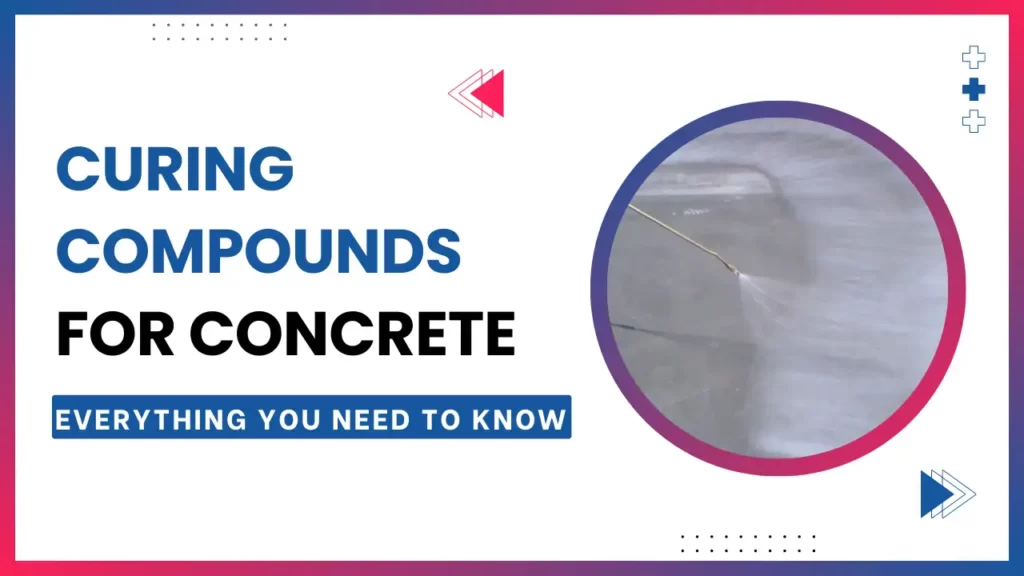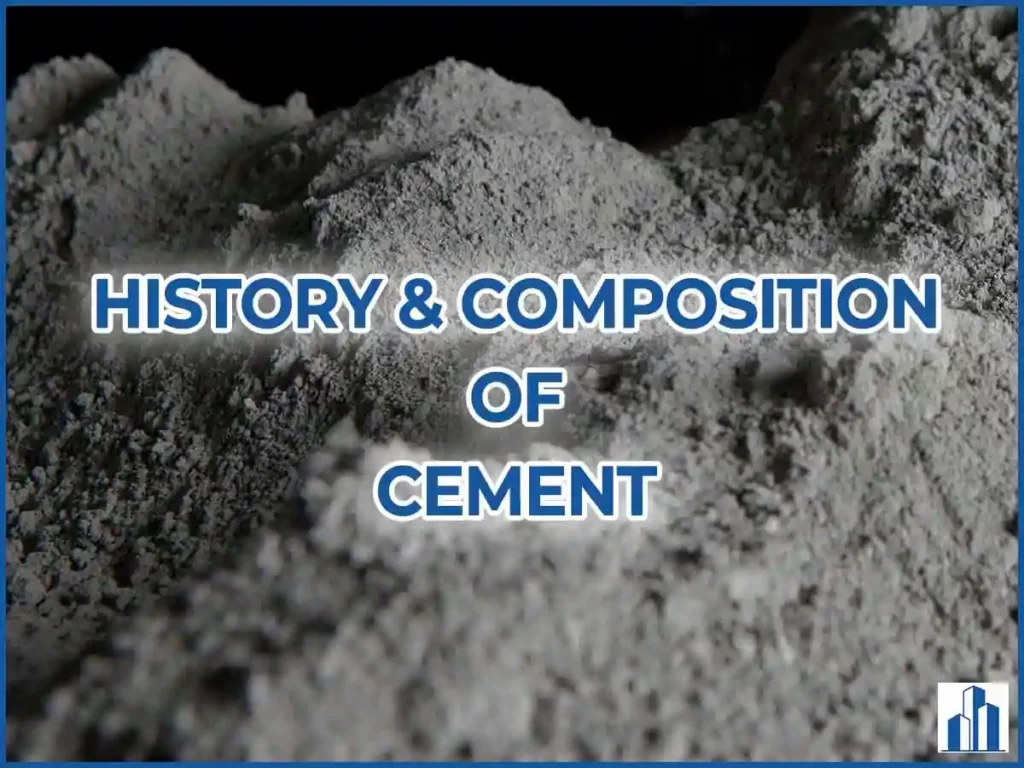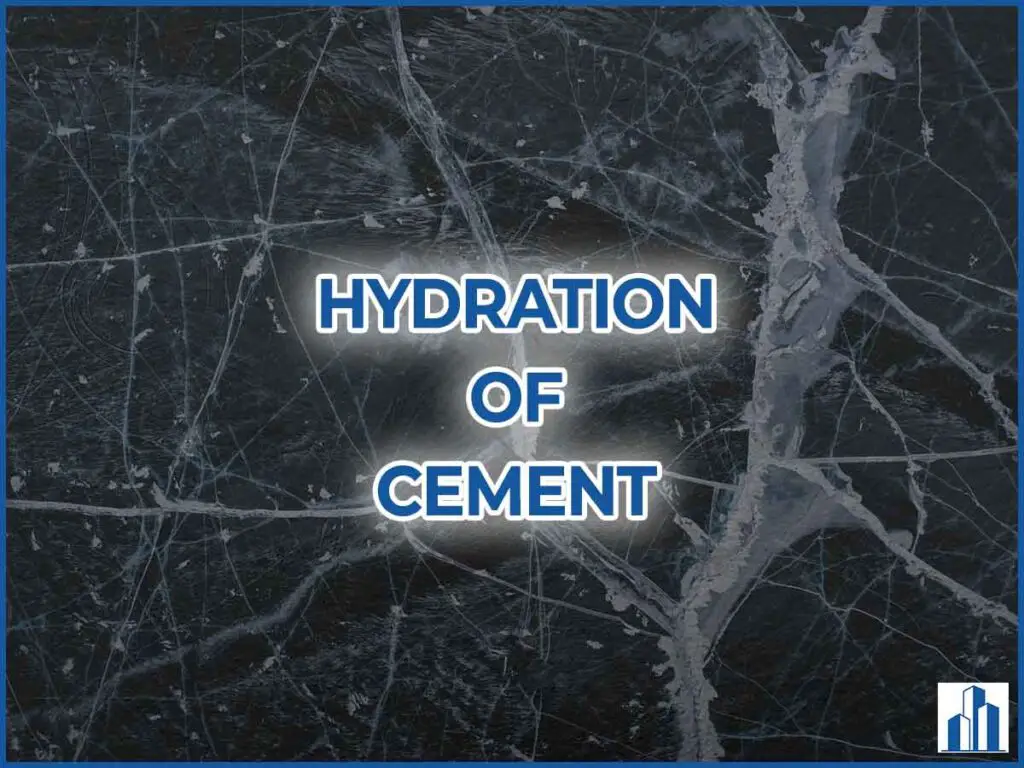What is a concrete curing compound?
Concrete curing compounds are nothing but chemical mixtures that are used to reduce the loss of moisture content from the concrete during the early stages of setting and hardening.
They are not only used for curing fresh concrete but also used for curing concrete after the removal of formwork.
Why it is needed?
In the early stages, the availability of moisture in the concrete is essential for the uninterrupted hydration process.
The quality of concrete depends upon the products formed during the hydration process.
Theoretically, the water we added while preparing the concrete is enough to fully hydrate the cement particles. But in fresh concrete, the moisture level in concrete is much higher than the humidity of the surrounding atmosphere. Therefore, water evaporates from the surface of the concrete.
To replenish the loss of water from evaporation and to maintain adequate moisture in the concrete certain measures called curing, are adopted.
Traditionally, curing is done by spraying water (or) covering a moist membrane on the surface of the concrete.
Nowadays, curing compounds are widely used to carry out the curing process of concrete.

Types of concrete curing compounds
There are different types of concrete curing compounds available based on the type of base used. The various types of bases are,
- Synthetic resin compound
- Wax compound
- Acrylic compound
- Chlorinated rubber compound
i) Synthetic resin and wax compounds
This resin and wax-based curing compounds can seal the surface of the concrete effectively.
Their curing efficiency will reduce with respect to time and eventually, they will become disintegrated and tear off from the surface.
The average curing efficiency of resin and wax-based curing compounds can be taken as 80%.
If there is any need for plastering, then it can be done after 28 days. In case, if plastering is needed earlier, then the surface should be washed with hot water to dissolve & remove the curing compounds.
ii) Acrylic compounds
The acrylic-based curing compounds have an additional advantage over the synthetic and wax-based compounds.
These acrylic-based curing compounds show better adhesion to the applied plaster. So the surface shall not be needed to be washed with hot water for plastering purposes.
iii) Chlorinated rubber compounds
These chlorinated rubber-type curing compounds not only form a thin layer on the surface of the concrete but also fill the minute pores on the surface of the concrete. The formed surface film will also wear out eventually.
Application procedure
The curing compounds can be applied on the surface of wet concrete with the help of a brush or sprayer. The curing compounds are generally applied in two coats.
Some curing compounds shall be colorless when applied on the surface while some others may have pigments in them so that the curing compounds can be readily distinguishable when applied on the concrete surface.
Generally, white-pigmented curing compounds shall be used on the site because, in addition to the curing properties, it reflects more daylight and heat.
The container of curing compound shall be well stirred before use.
Generally, one liter of curing compound can be sprayed for about 0.20 – 0.25 m2 surface area of concrete. The pressure in the sprayer should be maintained between 0.5 – 0.7 Mpa.
Now, let’s discuss the various situations in which curing compounds can be applied,
- On the horizontal surface, the curing compound shall be applied upon the complete disappearance of bleeding water.
- In the case of concrete that requires texturing, like stamped concrete, the curing compound shall be applied after texturing.
- In case the concrete surface is dried before applying curing compounds, then the surface should be thoroughly wetted with water before spraying curing compounds.
- In the case of beams and columns, the curing compounds are applied after the removal of formwork.
The applied curing compounds can be allowed to dry for 4 hours. After 12 hours, the thin compound film became firm and one shall be able to walk on it without leaving any impressions.
Standard code of practice
At present, we do not have any Indian specifications and code of practice for concrete curing compounds. So, one has to refer to either,
- ASTM: C 309 of 81 – Liquid Membrane-forming Compounds for Curing concrete or
- ASTM C 156 of 80 – Water Retention by Concrete Curing Materials
Examples of curing compounds
Here are some of the popular curing compounds used in the construction industry.
1) Sika Antisol E (WP)
It is a liquid curing compound formulated on paraffin and also White Pigmented, to effectively increase the light reflectance to prevent water loss from concrete both due to heat of hydration and sunlight.
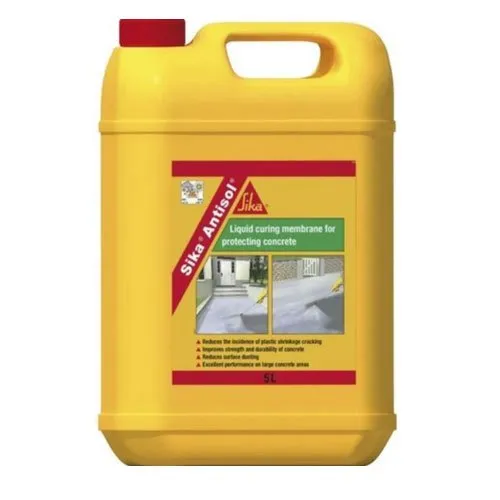
2) Sika Antisol A4 White
It is a water-dispersed acrylic copolymer-based white-pigmented curing compound. It comes ready to use and is very simple to apply. Once applied, it will form a thin film on the surface of the concrete to prevent premature water loss due to evaporation.

3) Fosroc concure wb White
It is a water-dispersed curing compound that is used for spraying on freshly cast concrete, or newly exposed concrete surfaces after removal of formwork, to form a temporary membrane that will retain enough moisture for proper curing to take place.

4) CS 390-30 Curing compound
It is an acrylic-based curing and sealing compound. It is a clear, transparent, ready-to-apply, liquid compound formulated from special acrylic polymers and quick-evaporating solvents that effectively cures and seals freshly placed concrete.

(Disclosure: The list of popular concrete curing compounds from different companies is provided for informational purposes only. It is not an endorsement of any specific product. Readers are advised to conduct their own research and use these products at their own discretion. We are not liable for any damages resulting from their use.)
Uses of concrete curing compound
1) In cases of places where continuous wet curing is not possible, curing compounds can be applied.
2) Continuous curing of concrete over a larger area is a difficult task. With the help of curing compounds, the work becomes much easier.
3) Generally, it is difficult to cure vertical or inclined concrete surfaces. In such cases, the curing compounds become so much handy.
4) In the case of synthetic or wax-based curing compounds, the thin film can be removed easily after curing.
5) It helps the concrete surface to achieve its maximum durability.
6) Curing compounds can be used for any engineering projects such as pavements, runways, bridge decks, canal linings, dams, beams, columns, floors, etc.
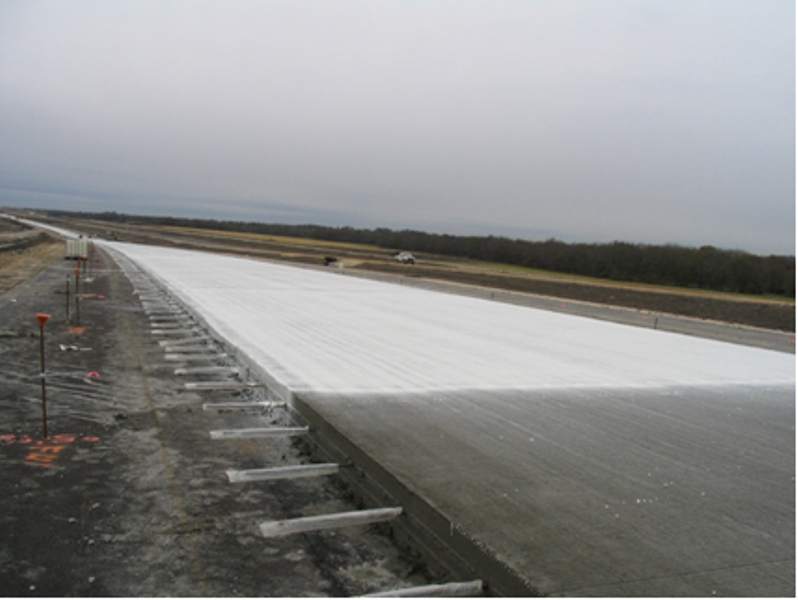
Concrete curing compounds, even though somewhat less efficient than water curing, became popular in the construction industry due to their versatile applications.
Hope you understand everything you need to know about the curing compounds of concrete. If you found this article helpful, let us know in the comment section.
Read more:
